By Amanda Petteruti
States are changing sentencing laws, reducing the number of
people in prison, and decriminalizing marijuana. All of this while crime has
fallen to the lowest levels it has been in decades. And, yet, at the risk of
undermining the reforms and the cost-savings of reducing the number of people
in prison, we continue to invest in police. And not just any police, armored
and battle-ready police. As a nation, our overall spending on police protection
has grown 445 percent since 1982, with the federal government experiencing the
most growth in spending.
 |
| (AP Photo/Jeff Roberson) |
The militarization of police in Ferguson, Missouri has been
on full display since 18-year-old Michael Brown was shot and killed on August
9, but it isn’t the only police department that looks an awful lot like an
infantry. In 2005,
80
percent of towns between 25,000 and 50,000 people had
a “Special Weapons And Tactics,” or “SWAT” team. Since one of the early SWAT
teams was formed in Los Angeles in response to the Watts riots in 1966, federal
funding streams, like the Edward Byrne Justice Assistance Grants, and programs,
like the National Defense Authorization Act, have funneled money and weapons to
local police departments. The intention was to bring some real firepower to the
war on drugs – a battle that is now widely understood to be ineffective and
costly.
Since JPI released its report,
Rethinking the Blues, in 2012, the
ACLU
conducted a more in-depth analysis on militarized policing with public
records requests to 260 law enforcement agencies in 25 states. They found that
79 percent of SWAT deployments were to execute search warrants, not to address
emergency situations. Police forces are using a sledgehammer to drive a nail
and it is not without consequences. In his blog for the Washington Post,
Radley Balko
documents the frequent and devastating effects that mistaken raids and the
excessive use of force have on families,
from
mistaken arrests and property damage, to the death or injury of
children,
family members, and
pets.
People of color are also disproportionately affected by the
continued investment in police, especially related to drug offenses. Even
though Blacks and whites report using drugs at similar rates, Blacks are
arrested at three times the rate of whites. In addition, the ACLU reports that
42 percent of people impacted by SWAT deployment to execute a warrant were Black
and 12 percent were Latino.
There’s also no evidence that this approach is doing
anything to public safety, and, in fact, may be making communities less safe. A
safe neighborhood is the
result of trust
between neighbors, and this includes police. As in Ferguson, when police show
up to a daytime demonstration with Kevlar vests, riot gear, vehicles designed
to withstand a blast from a mine, and then launch tear gas into groups of
demonstrators and journalist, it’s not likely that the police will be viewed as
partners in community safety. Perhaps, treating a community like a war zone,
makes the community act like a war zone.
Members of the U.S. Congress and U.S. Attorney General Eric
Holder are
deeply
concerned about the use of military tactics by police forces around the
country. The result will hopefully be relatively swift policy changes that will
limit or end local police access to military style weapons. At the same time,
however, with crime at the lowest levels it’s been in decades, we should
consider whether what we need is not just less investment in a militarized
police force, but, rather more resources toward building communities over
policing communities.
Amanda is JPI's Senior Research Associate.
 I have struggled with the theme of “Black Lives Matter” in the protests
against police killings of Black men in America. I totally agree with
the sentiment, but I have just had trouble with the message that seems
so basic and demands a low bar. Then after an argument with a friend who
thought the theme was ridiculous, I found myself defending it and
eventually fully embracing the notion that one of our biggest challenges
is that so many people in this country devalue the life of Black youth.
But it is much more than police killings.
I have struggled with the theme of “Black Lives Matter” in the protests
against police killings of Black men in America. I totally agree with
the sentiment, but I have just had trouble with the message that seems
so basic and demands a low bar. Then after an argument with a friend who
thought the theme was ridiculous, I found myself defending it and
eventually fully embracing the notion that one of our biggest challenges
is that so many people in this country devalue the life of Black youth.
But it is much more than police killings. 









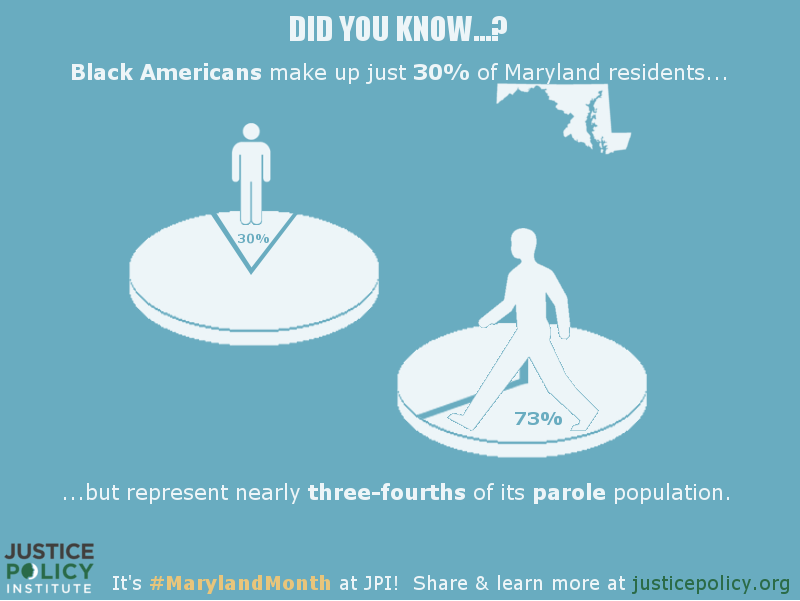
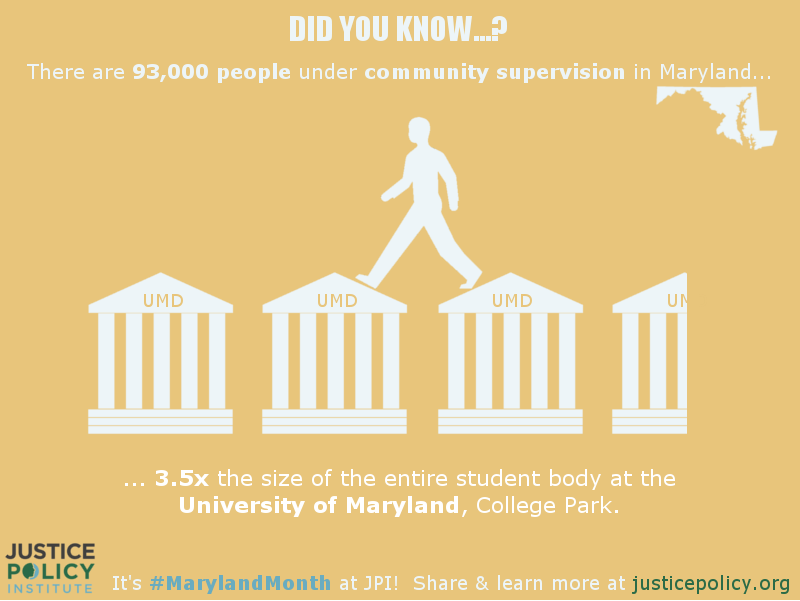

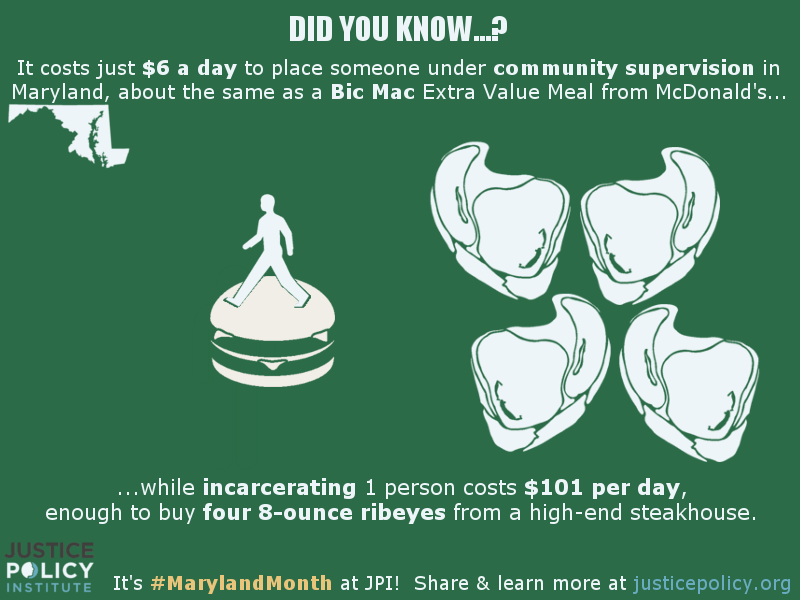
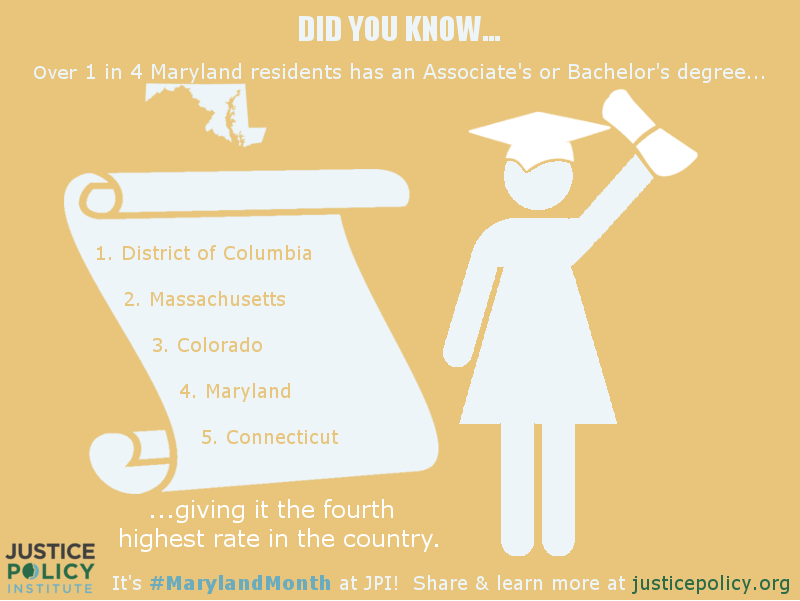
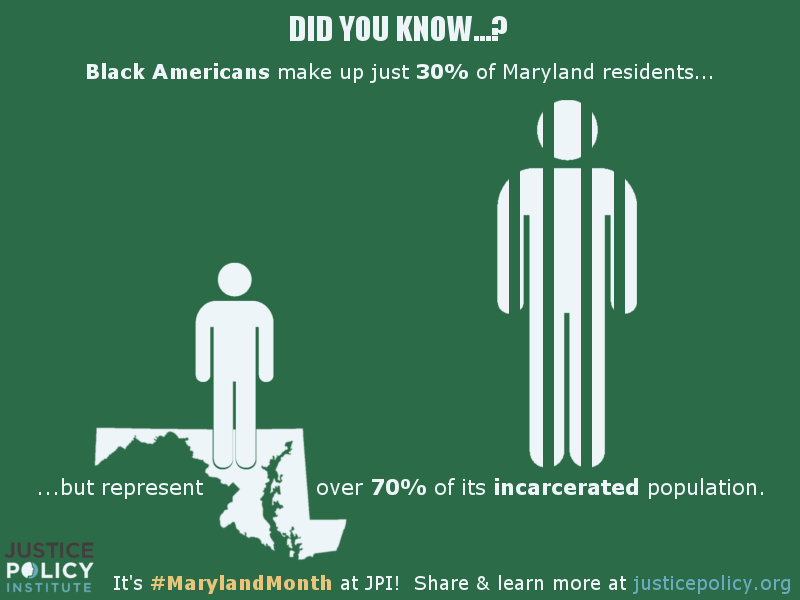










.jpg)







